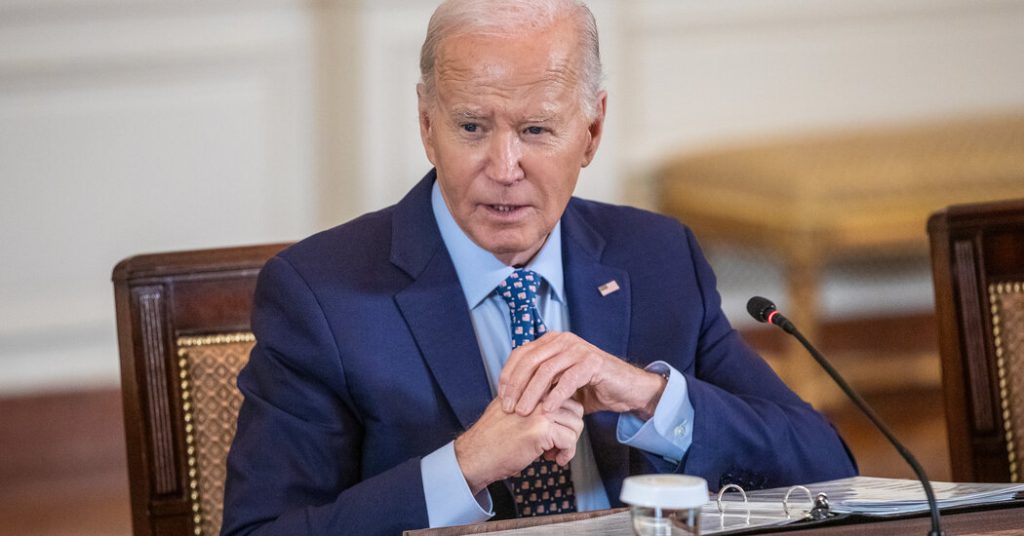President Biden recently issued an executive order that temporarily prohibits migrants from seeking asylum at the U.S.-Mexico border when daily crossings exceed 2,500. Border crossings already exceed this number, so the order could take effect immediately, allowing officials to return migrants to Mexico or their home countries within hours or days. The border would only reopen to asylum seekers once daily crossings fall below 1,500 for seven consecutive days, followed by a two-week waiting period. Despite potential legal challenges, the order reflects a shift in U.S. immigration politics, with both parties supporting stricter border measures due to record-high migration levels.
The executive order suspends the long-standing practice of providing asylum to anyone who arrives on U.S. soil, with only limited exceptions for minors crossing alone, victims of human trafficking, and those who schedule an appointment with a border officer through an app. Typically, asylum seekers are released into the country while awaiting court dates, leading to a backlog of cases that can take years to resolve. The order closely resembles a bipartisan bill that was blocked by Republicans earlier in the year, with Former President Trump urging them to vote against it to avoid giving Biden a legislative victory during an election year.
The American Civil Liberties Union and immigration advocates have criticized the order, arguing that it violates domestic and international law and plays into the hands of human smugglers. Some see the move as a betrayal of Biden’s promise to improve the asylum system, given his previous criticisms of Trump’s restrictive policies. Administration officials emphasize that the order is only meant to address surges in border crossings and is not equivalent to Trump’s blanket bans on asylum seekers. They have also pushed Mexico to increase efforts to limit migration, leading to a decrease in unauthorized border crossings in recent months.
Despite potential legal challenges, the order is seen as a political opportunity for Biden to call out Republicans for obstructing border security legislation earlier in the year. The bill would have allocated funds for more border officers and judges, which Biden cannot do through executive action. While the order could be risky politically, with some Republicans questioning why Biden did not act sooner, the administration has taken smaller steps to address the backlog of asylum cases, such as proposing rule changes to identify ineligible applicants more quickly and instructing officers to consider alternative refuge options in applicants’ home countries.
Overall, the executive order marks a significant shift in Biden’s approach to immigration at the border, reflecting the challenges he faces in managing record-high migration levels while trying to uphold his campaign promises. The order’s criteria for reopening the border to asylum seekers based on daily crossing averages demonstrates a more proactive stance on border control measures, but also raises concerns about the impact on vulnerable migrants and the international obligations of the United States. As the administration prepares for potential legal battles and political fallout from the order, the broader debate over immigration policy in the U.S. continues to evolve in response to changing circumstances at the border.








